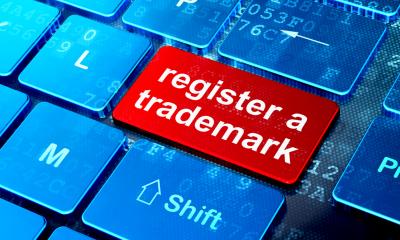
The most powerful brands mean something to people; they have values and are emotionally attractive to their target audience. Christina Richardson of The Nurture Network explains the branding behaviour of high-growth start ups
Examples of powerful brands include social photo-sharing site, Instagram, which sold to Facebook for $1bn aged just 18 months. Or there’s the UK consumer brand, Ella’s Kitchen, which in its first eight years grew to have a 20% share of the UK baby food market and a turnover of £100m.
The learnings from these brands and the way they started out are the same. These companies set out to create a new market or completely disrupt an old one. To do this, you need to have a very clear idea of who you are and what you are doing, and this is all about branding.
Branding is often misconstrued to be the visual elements that represent your business. But to create effective brands, the real work starts long before the creative people are let loose.
Here are the five principles that create stand-out brands from day one:
Who are you? What do you stand for?
Your brand positioning is the essence of what you are about, and how you want others to see you.
It should concisely sum up your brand - without fussy words, lengthy sentences, or explanatory sub-headings, with language that emulates the impression you are trying to create. Crack this, and your positioning builds to be emotive and more than the sum of its parts.
Paul Lindley, founder of Ella's Kitchen, developed a brand positioning that effortlessly sums up his mission to revolutionise kids' eating habits by making healthy food tasty and fun.
This compelling positioning can be seen in the company's tactile packaging, and in the naming of their products as ‘The Red One' and ‘The Yellow One'.
Mean something to your core audience
Never fall into the trap of trying to be liked by everyone. Head down this road (many do), and you'll be vanilla - you won’t mean anything to anybody.
Successful brands focus their energy on a distinct target audience, looking to create a passionate bond with them, even though they may be hated by others. One of the most publicly extreme examples is from Mike Jefferies, CEO of Abercrombie and Fitch, who famously said "We hire good-looking people in our stores... good-looking people attract other good-looking people, and we want to market to cool, good-looking people."
Controversial as it is, they have their core audience absolutely nailed - they understand them and focus on them only.
The opposite of love is not hate - it is complacency - and complacent customers are not loyal. So decide who your "someone" is - define them, and make, do and say everything with them in mind.
Define how you act
Whether you prefer to think of it as brand values, beliefs or ways of working, capturing the way you want to act is vital to creating a scalable business. Left undefined, the way the founders or management team do things gets lost through the business, and the customer experience becomes lacklustre.
How you act covers two areas - how you talk to consumers, and how you want everyone to act within your company. For example, Moo.com revolutionised the B2B stationery printing market with a simple online platform, brought to life with a friendly tone of voice.
Defining how you want people in your business to act often comes down to ethics or values, but some businesses - such as Innocent - develop one central "way", running across the team and to customers. They have job titles like 'chief mixer' (for the product technologist), which bring to life the personality that makes Innocent special.
Understand your visual codes
For every brand behemoth like Coca-Cola, there are thousands of newer brands trying to stand out and attract the attention of potential customers.
Your visual codes are those elements of your brand that customers associate with your product or service. They include a logo - but it doesn't stop there. Your colour scheme, fonts, imagery and tone make up the brand codes that signal to customers it is you.
Create strong enough visual codes and your customers will know it is you even when you play with them - just like Google does with their daily doodles. This is how you can know the brand in a TV advert even before they expose the logo or product.
If you have a story, use it
Most entrepreneurial brands have one consistent thing - a powerful start-up story - and it can add depth and integrity to a brand for customers.
At Ella's Kitchen, Paul Lindley's job title is simply Ella's Dad because he started the business to solve the problem of his daughter's dislike of healthy foods.
Meanwhile, ethical entrepreneurs Rob and Paul Forkan of Gandys London were inspired to set up the Gandys Foundation, helping underprivileged orphans, because of the tragic circumstances that caused them to become orphans themselves as teenagers. Customers relate to the brand more because of this.
Branding is a complex and emotionally-led business, but it has tremendous power in its ability to connect with customers and drive that all-important thing called "loyalty" that every high-growth business wants.


